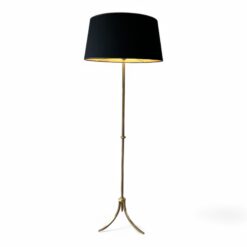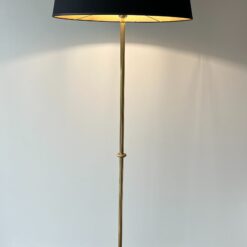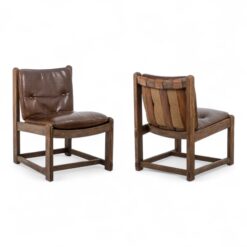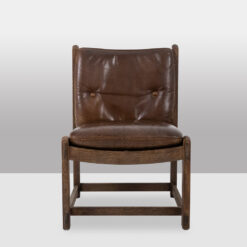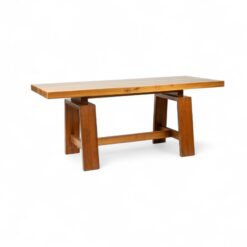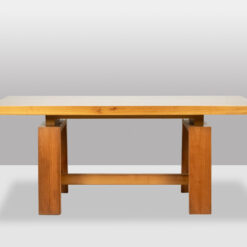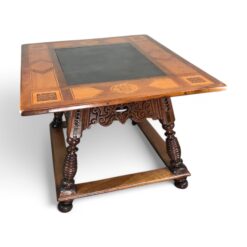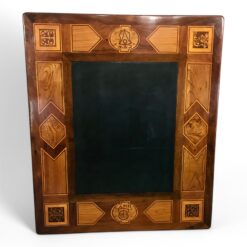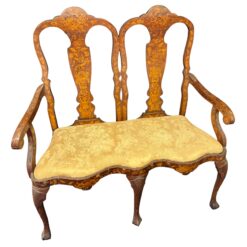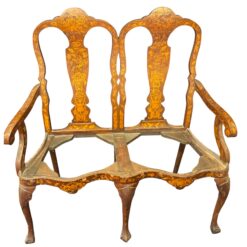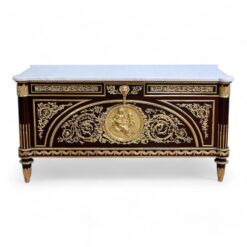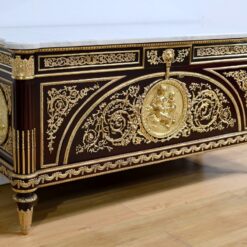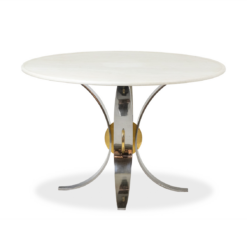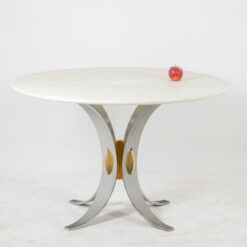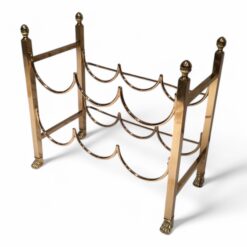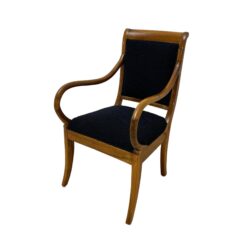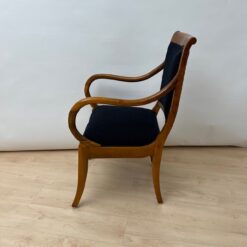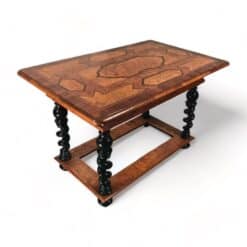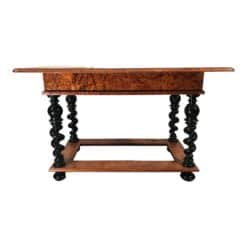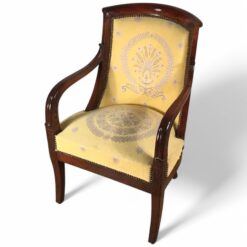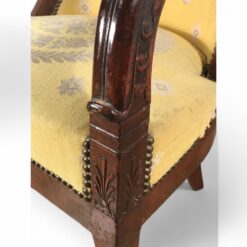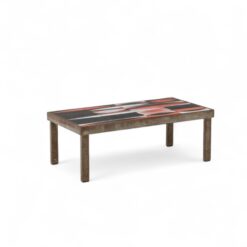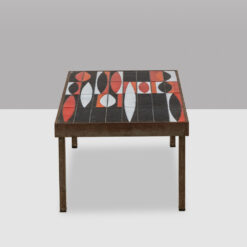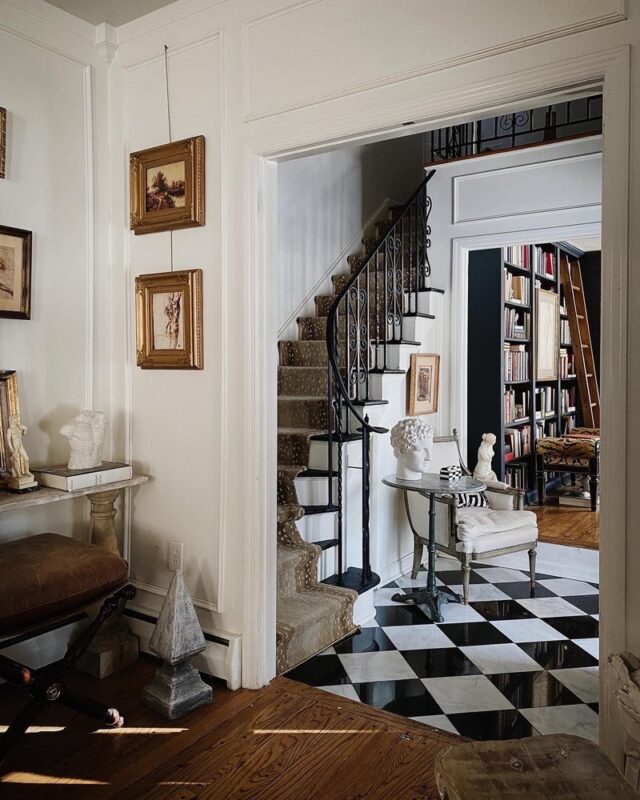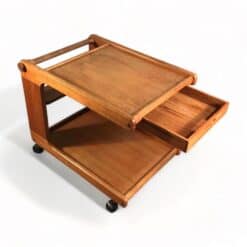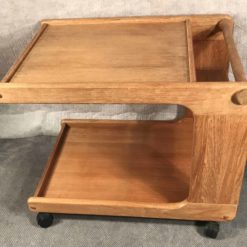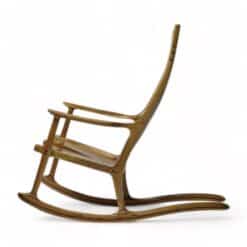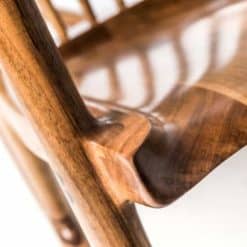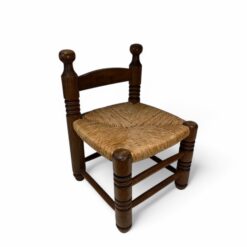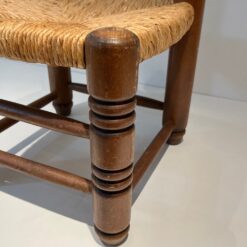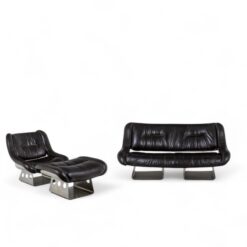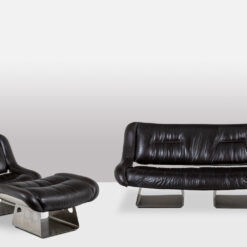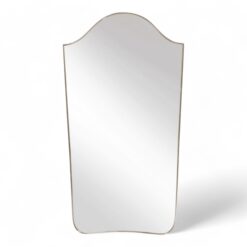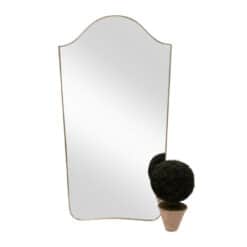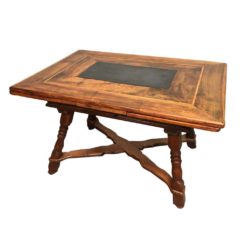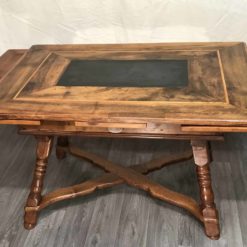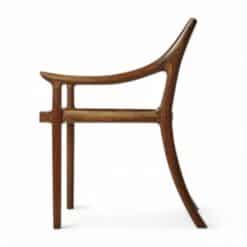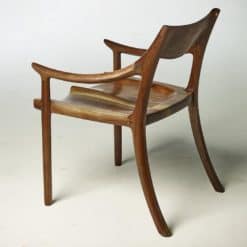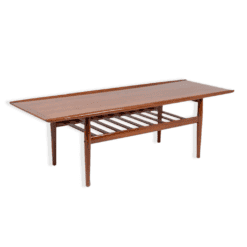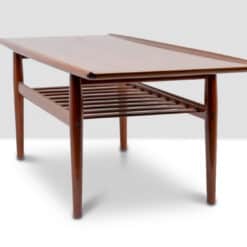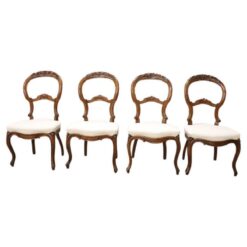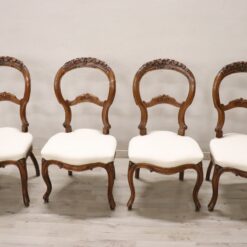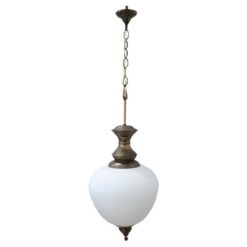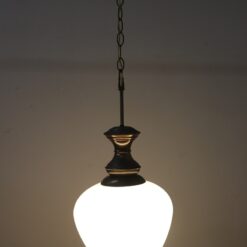Best Sellers
Floor and Table Lamps`
Accent chairs
Desks and Secretary Desks
Antique Farm Tables
Antique and Vintage Seating
Antique Furniture and Decor
Early 20th Century Marie-Antoinette Mahogany Chest of Drawers, after G.Benneman and J.Stöckel
Antique Furniture and Decor
Antique Furniture and Decor
Antique Furniture and Decor
Antique Furniture and Decor
Coffee Tables
Uncategorized
European Interior Design Styles: A Journey Through Classic and Contemporary Elegance
European interior design styles have shaped decor trends worldwide, offering a unique blend of history, elegance, and craftsmanship. Each country in Europe brings its distinct flavor to interior design, adding character and charm that make these styles timeless. From the warmth of French Country to the functionality of Scandinavian design, European interior design styles are both diverse and adaptable, perfect for infusing your home with character and sophistication. Let’s dive into some of the most popular European interior design styles and uncover what makes each one distinctive.
1. French Country: A Classic European Interior Design Style
Starting with one of the most beloved European interior design styles, French Country epitomizes a sophisticated yet comfortable aesthetic. This style combines the rustic charm of French villages with the refinement of 18th-century influence, making it a favorite for those who love elegance with a relaxed touch. Think soft colors, rustic beams, and antique furniture.
- Color Palette: Soft pastels—lavender, sage green, and duck egg blue—are quintessential to the French Country look, typically set against warm neutrals like cream or light gray.
- Materials: Natural materials are key, from limestone floors to rustic stone fireplaces and exposed wooden beams. Linen and cotton upholstery bring a cozy, lived-in texture to spaces.
- Key Furniture: French Country interiors are defined by timeless antique pieces. Ornate armoires, weathered wooden tables, and intricate mirrors bring elegance and heritage to any room.
To capture the French Country style in your home, focus on pieces that blend formality with rustic charm. Adding a vintage chandelier or distressed finishes can introduce sophistication while keeping the look inviting.
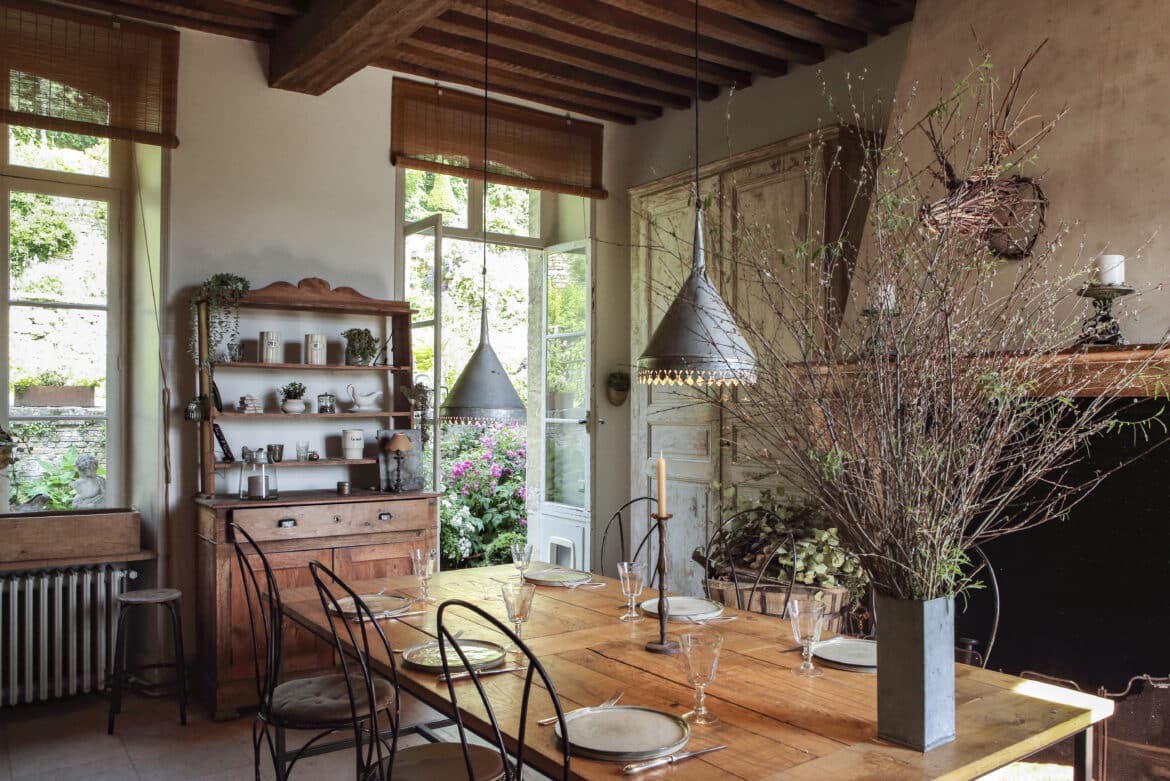
2. Scandinavian Simplicity: A Leading European Interior Design Influence
Next, Scandinavian design offers a minimalist, functional approach that has become a defining aspect of European interior design styles. Known for its clean lines and emphasis on light, Scandinavian style is the perfect solution for those who prefer a clutter-free, cozy environment.
- Color Palette: Scandinavian interiors generally use neutral, monochromatic colors like whites and grays, often accented by natural wood or soft pastels for added warmth.
- Materials: Light-colored woods like pine and birch, as well as natural textiles like wool and linen, create warmth and comfort in Scandinavian interiors. Scandinavian design values quality over quantity.
- Key Furniture: Scandinavian interiors include iconic mid-century pieces, such as the wishbone chair and furniture by designers like Arne Jacobsen, renowned for their clean lines and functional appeal.
The Scandinavian aesthetic, with its focus on “hygge” (coziness), is perfect for creating a serene, inviting space. To achieve this, incorporate soft rugs, plush cushions, and candles to bring warmth to the minimalist decor.
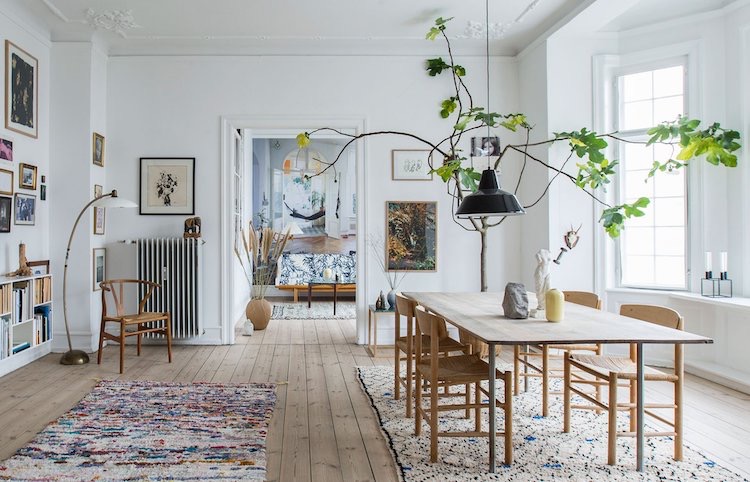
3. Italian Renaissance and Baroque: Luxury in European Interior Design Styles
For those drawn to grandeur, Italian Renaissance and Baroque styles represent opulence in European interior design. Inspired by Italian aristocracy from the 15th to 17th centuries, these styles embody luxury through intricate details, rich colors, and fine materials.
- Color Palette: Italian Renaissance and Baroque interiors use bold colors like crimson, gold, and deep blue to create an atmosphere of grandeur.
- Materials: Marble, gilded wood, and fine textiles, such as silk and velvet, are essential to these styles, while intricate moldings and frescoed ceilings add to the lavish feel.
- Key Furniture: Baroque interiors feature elaborate, ornamental pieces, including claw-foot tables, velvet-upholstered chairs, and grand chandeliers. Renaissance-inspired furniture typically uses dark, heavily carved wood for a timeless look.
While Italian Renaissance interiors are often suited to large spaces, a few statement pieces—such as a gilded mirror or a carved console table—can introduce a sense of sophistication and luxury without overwhelming the room.
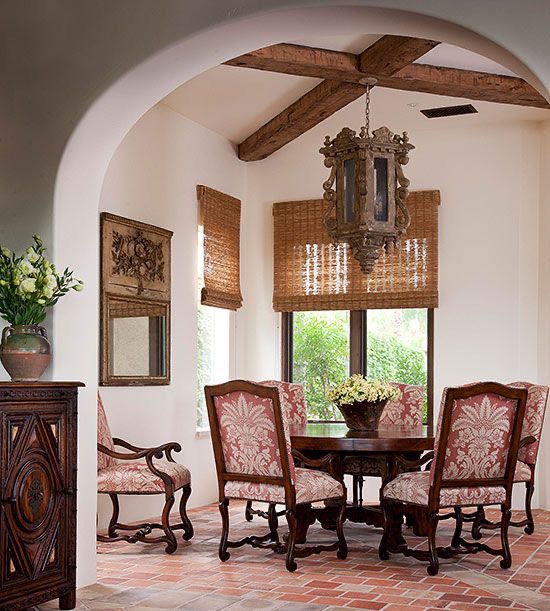
4. English Country Charm: A Cozy European Interior Design Style
English Country design is another quintessential European interior design style that embraces a cozy, collected look. By blending heirloom furniture with warm, earthy tones and patterns, it creates a welcoming atmosphere.
- Color Palette: Earthy hues like olive green, mustard yellow, and muted pinks characterize English Country interiors. These tones are balanced with neutrals to ensure the space feels cozy rather than cluttered.
- Materials: Heavy woods, such as oak and mahogany, pair with traditional fabrics like floral chintz, tartan, and velvet for a layered, textured look.
- Key Furniture: Overstuffed sofas, vintage wingback chairs, and wooden cabinets filled with personal items are staples in English Country decor.
This style favors a collected, layered aesthetic, so don’t hesitate to mix patterns, textures, and personal touches like family heirlooms or fresh flowers. English Country decor encourages individuality, making your home feel both timeless and personal.
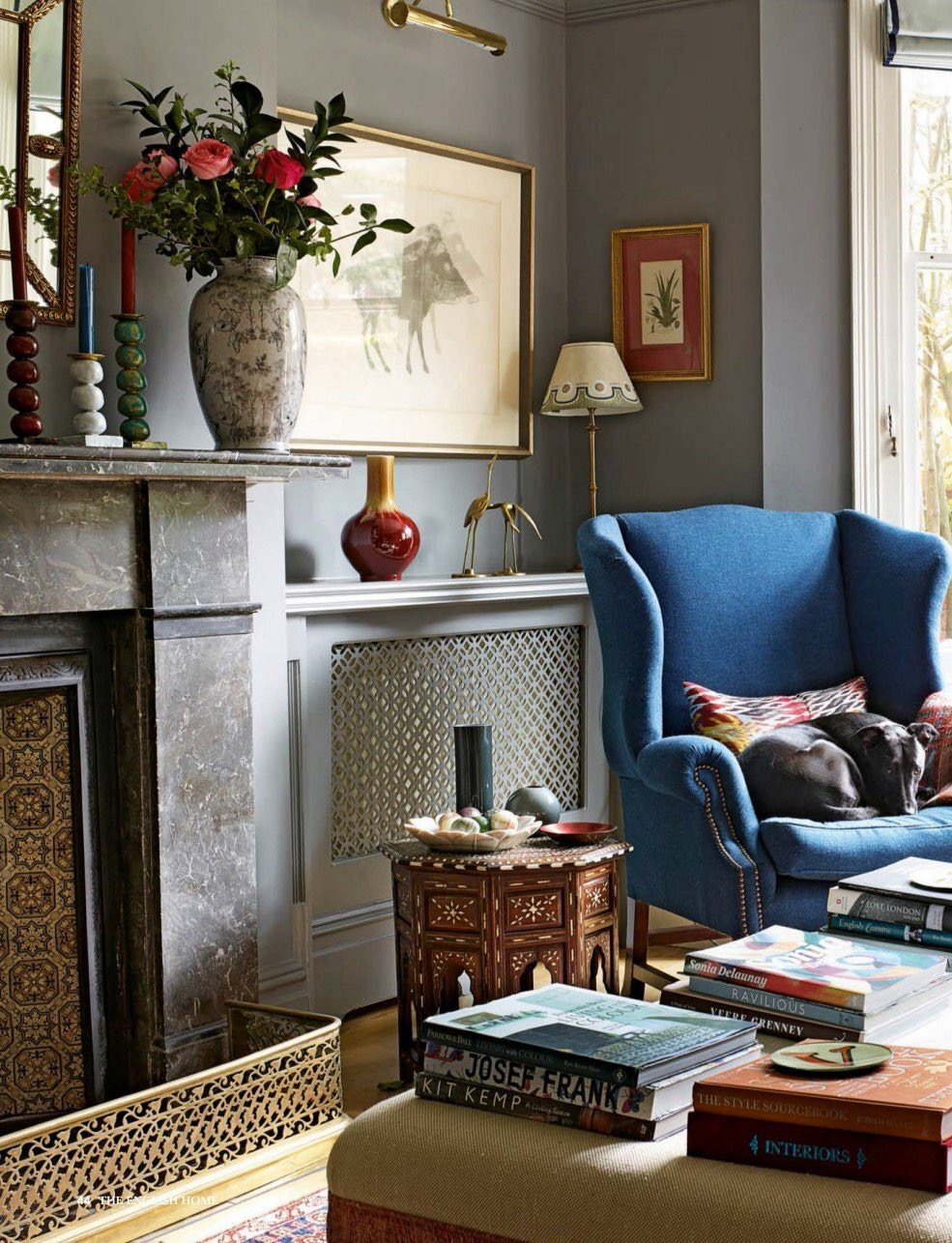
5. Modern German Design: Precision in Interior Design
Modern German design is known for clean lines, precision, and practicality. Drawing from the iconic Bauhaus movement, this European interior design style values functionality and refined aesthetics, ideal for those who prefer a sleek, minimalist approach.
- Color Palette: Typically, German interiors start with a monochromatic base of whites, grays, and blacks, allowing finishes and textures to take the spotlight.
- Materials: German design often emphasizes high-quality, sustainable materials, including engineered wood, glass, and stainless steel, reflecting precision and durability.
- Key Furniture: Streamlined cabinetry, low-profile sofas, and multifunctional furniture make German interiors practical yet stylish.
This style is perfect for those who appreciate minimalism with an edge. To incorporate German design elements, focus on well-made, practical furniture with clean lines. Stainless steel finishes, polished wood, and thoughtful layouts bring a sense of structure and sophistication.
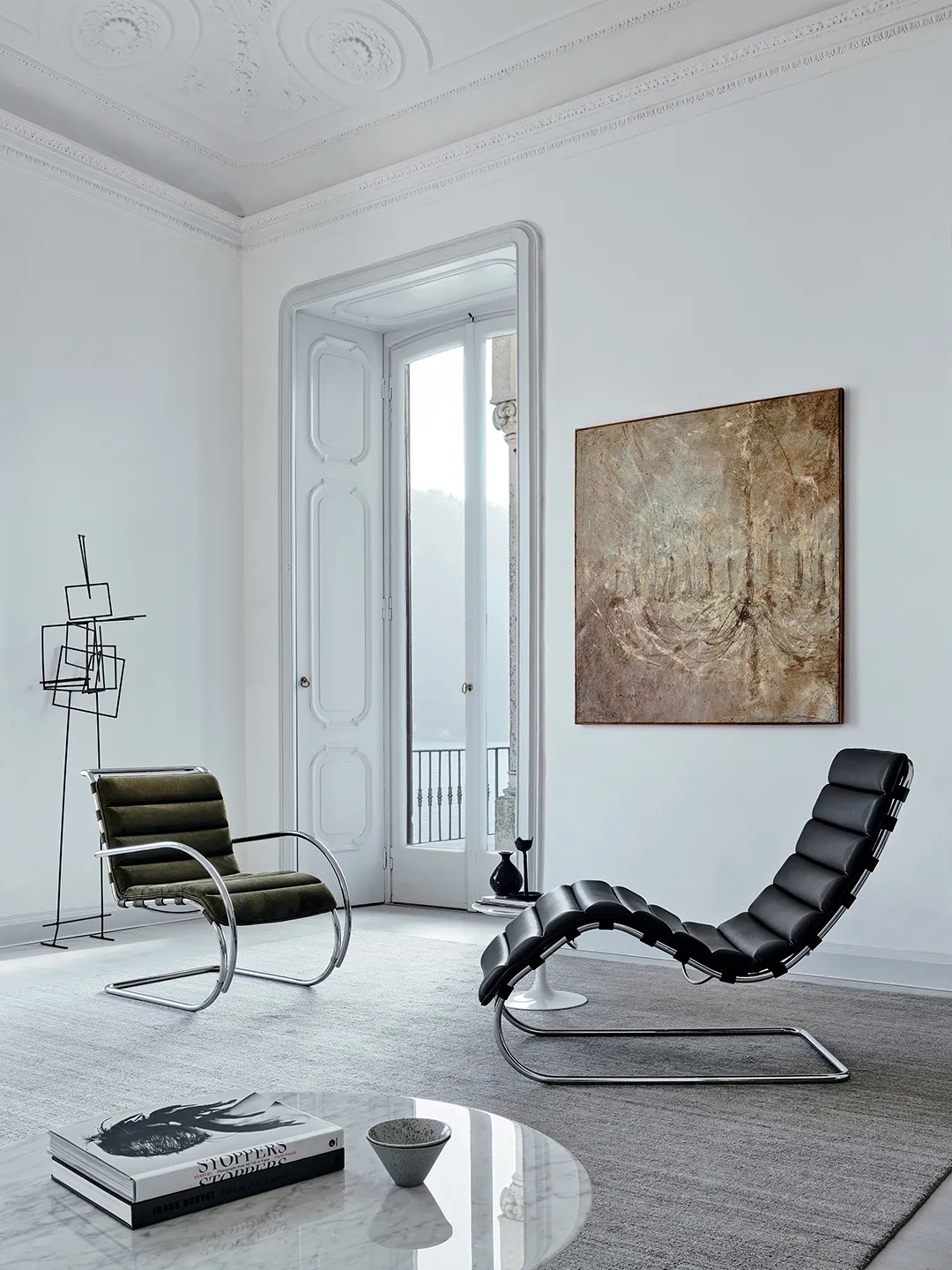
6. Spanish Revival: Warmth in European Interior Design Styles
For a warm, rustic ambiance, Spanish Revival decor offers a rich and inviting aesthetic. With roots in Spanish colonial and Mediterranean influences, this style highlights earthy tones, natural materials, and handcrafted details.
- Color Palette: Earth tones, like terracotta, mustard yellow, and deep red, define Spanish Revival interiors, while neutrals add balance.
- Materials: Stucco walls, wooden beams, and terracotta tiles are common. Ironwork in fixtures and accents, like chandeliers or stair railings, adds character.
- Key Furniture: Spanish Revival furniture is often rustic and sturdy, crafted from wood, iron, and leather, with hand-carved details.
Spanish Revival is ideal for those who want a grounded, natural atmosphere in their home. Add hand-painted tiles or a rustic wooden bench to bring this style to life. Spanish Revival decor also works beautifully in outdoor areas, blending seamlessly with garden and patio spaces.
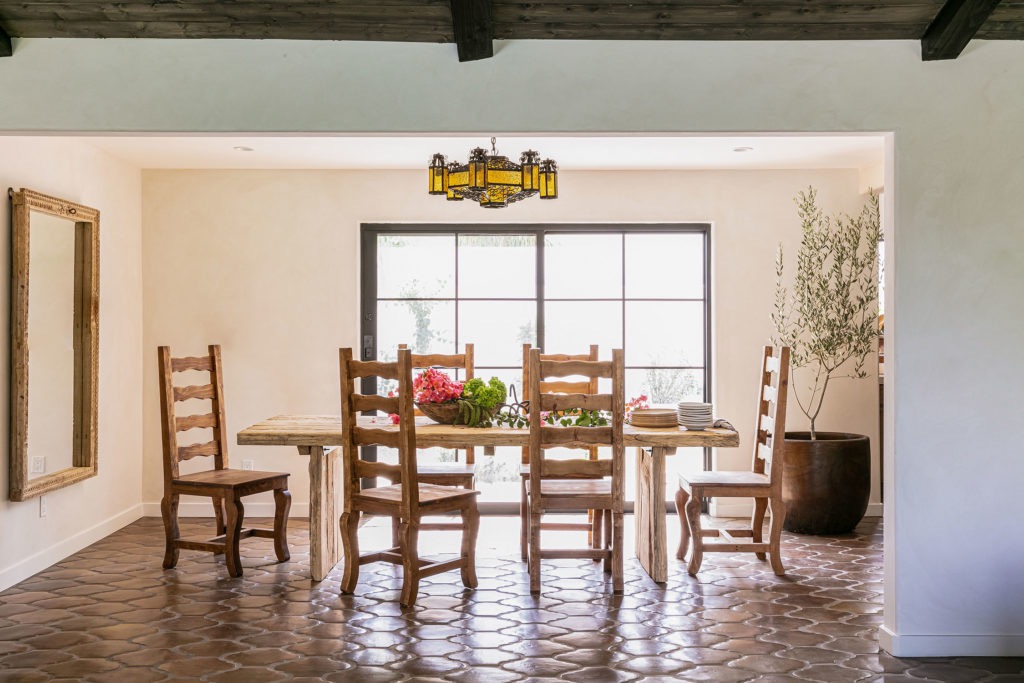
7. Dutch Modern: Artistic Simplicity in European Interior Design
Dutch Modern design brings artistic simplicity and practicality, blending traditional and modern elements. Originating from the Netherlands, this style is an example of how European interior design styles continue to evolve and stay relevant.
- Color Palette: Dutch interiors are often neutral with vibrant accent colors, such as blue and green, for a calm yet dynamic look.
- Materials: Sustainable, high-quality materials, like reclaimed wood and metal, are common, with a focus on craftsmanship.
- Key Furniture: Bold shapes and simple lines define Dutch furniture, from minimalist tables to functional storage. Artwork or collections add a personal touch.
Dutch Modern decor is perfect for those who appreciate an understated yet artistic look. By incorporating quality materials and purposeful layouts, this style balances practicality with beauty.
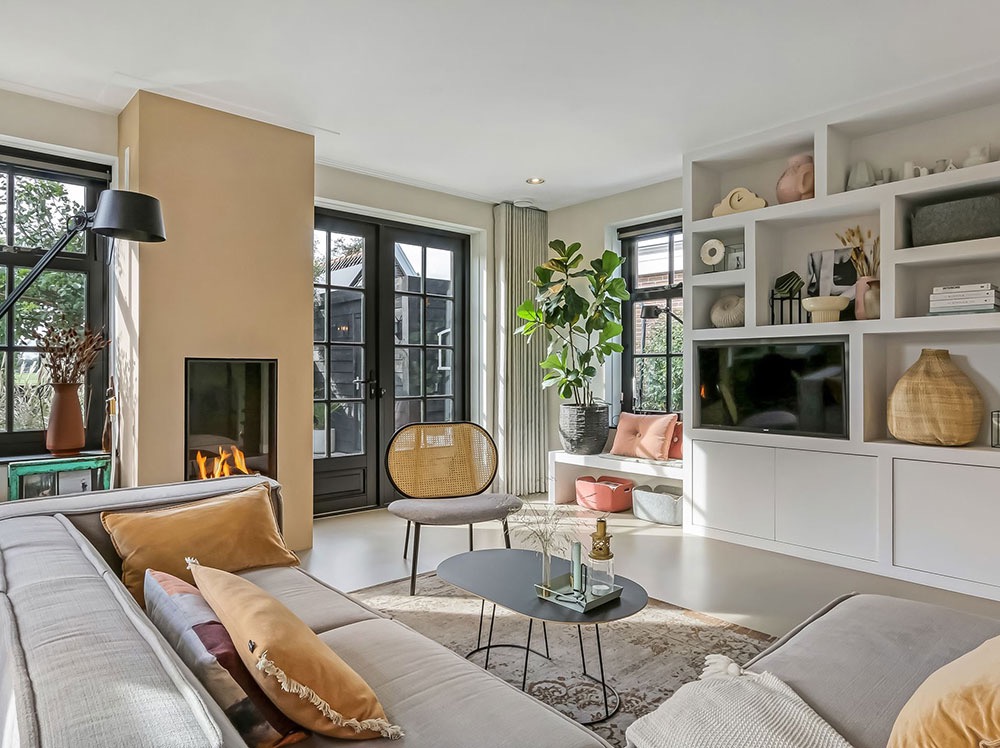
Conclusion
European interior design styles provide endless inspiration, allowing you to combine tradition and modernity in unique ways. Whether you’re drawn to the rustic appeal of French Country, the minimalism of Scandinavian design, or the luxury of Italian Baroque, each style brings something distinctive to your space. By incorporating elements of these iconic European interior design styles, you can create a home that reflects both your tastes and the rich heritage of European craftsmanship.
Silke Berlinghof
People also buy
Bar Carts and Bar Furniture
Antique Farm Tables
Modern and Contemporary Seating
Antique Farm Tables
Coffee Tables
Accent chairs
Antique Furniture and Decor
19th Century Italian Louis Philippe Carved Walnut Set of Four Antique Chairs
Chandeliers

